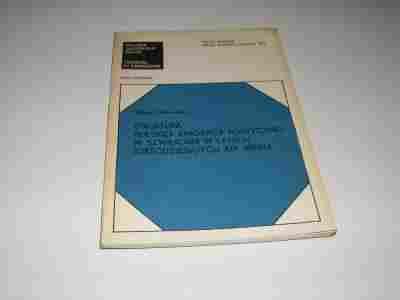POLSKA EMIGRACJA POLITYCZNA SZWAJCARIA 1863 POLACY

Aukcja w czasie sprawdzania była zakończona.
Aktualna cena: 39.99 zł
Użytkownik inkastelacja
numer aukcji: 2442798279
Miejscowość Kraków
Wyświetleń: 8
Koniec: 03-07-2012 19:55:26
